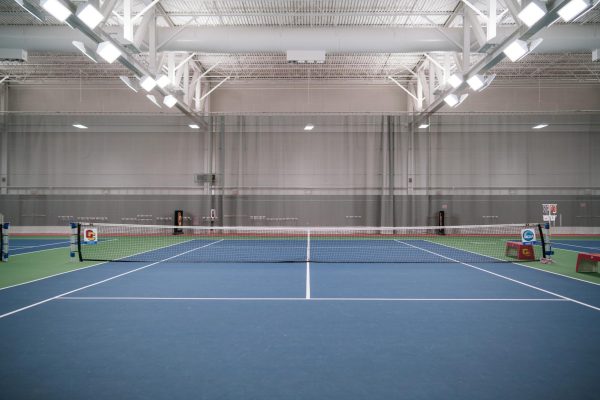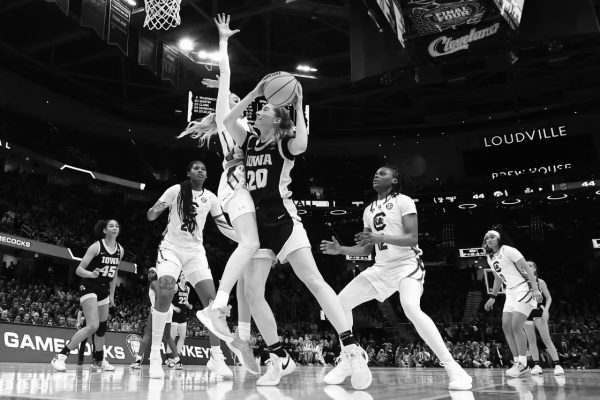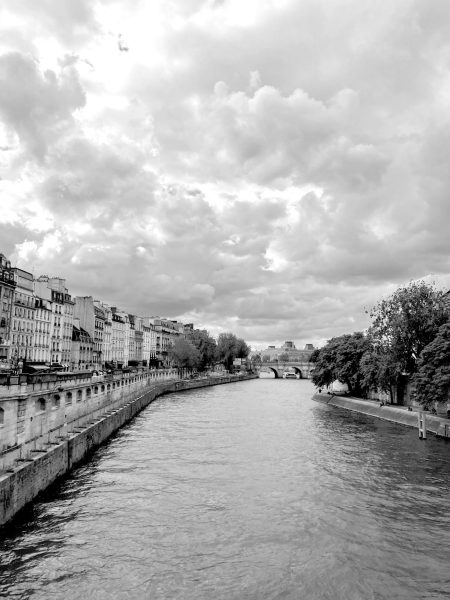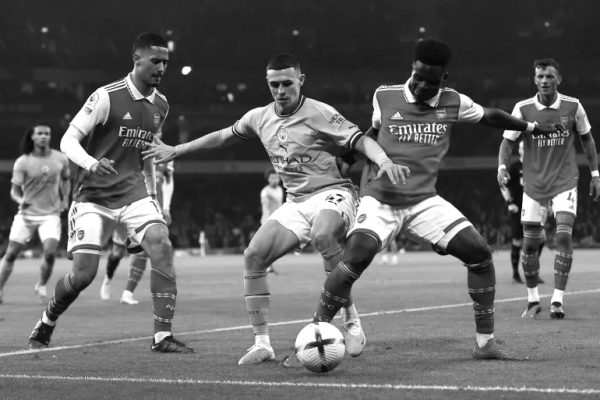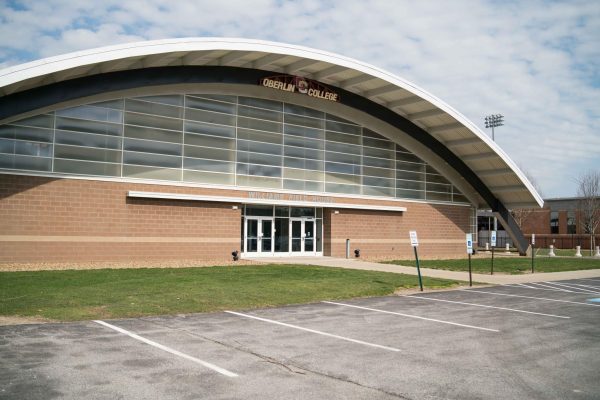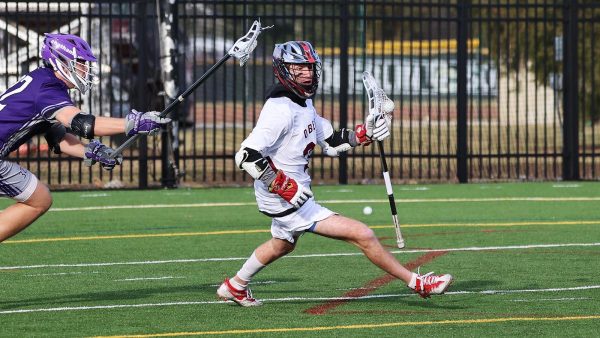Hooliganism Spoils Soccer Match in Argentina
Following weeks of hype and buildup, the highly-anticipated soccer game that was supposed to take place in Argentina Saturday, Nov. 24, was canceled after hooliganism took the stage. The two teams are the River Plate and Boca Juniors, and together they make up quite possibly the most divisive social force in all of Argentina — although both hail from Buenos Aires, approximately 70 percent of the entire nation supports either River or Boca. The two teams have competed against one another numerous times throughout their 105-year rivalry, but never in a championship match. Saturday was to be their first, as they battled for the trophy of the Copa Libertadores, the most prestigious club competition in South American soccer.
Before the game could kick off, however, a group of raucous River fans stormed the visiting Boca Juniors’ bus and attacked them, shattering windows and eventually sending two players to the hospital. Alejandro Dominguez, the president of the South American Football Confederation, expressed his disappointment in the aftermath of the event, noting that Argentina had spoiled its chance at proving to the world that soccer can be as organized and respectful in South America as in other parts of the world. His plans to make soccer a South American “spectacle” Saturday never came to fruition.
This was the most recent, and one of the most violent, occurrences of hooliganism in soccer, but it is far from an isolated incident. Hooliganism is understood as troublesome or rowdy behavior by young people and has been associated with soccer fan culture for years, dating back to misbehavior at medieval soccer games in the 15th century.
Hooliganism began to gain traction as a soccer phenomenon in England in the 1960s, when spontaneous post-game spats transitioned more and more into organized viciousness. One of the most notable occurrences took place at Heysel stadium in Brussels in 1985, when a riot that broke out between fans at a game between Liverpool and Juventus led to 39 deaths and countless injuries.
Similarly, four years later, a panicked rush of fans escaping a game between Liverpool and Nottingham led to nearly 100 deaths. Although no football match disasters have led to nearly as high a casualty count since then, high rates of sports violence clearly still pervade today — not only in Western Europe, but all over the world.
According to sports psychology writer Daniel Wann, hooliganism has been so difficult to quell because it is related to many larger conflicts involving race, ethnicity, religion, and geography. Additionally, hooliganism prevails because “fans see their teams as extensions of themselves,” as Wann said in an interview with The New York Times. According to Wann, fans feel personally threatened by a loss, and experiencing these events as a group enhances people’s emotions and statistically leads to more physically-damaging behavior.
The catastrophe in Buenos Aires this weekend becomes just another addition to the list of instances of hooliganism taking place at soccer games all around the world.
Especially alarming is how problematic some of these groups can be. The Chelsea Headhunters, an infamous “hooligan firm” connected to Chelsea FC in England, has been linked to racist and white supremacist organizations for years, and many of its members have been detained for harassment and violent assault both at the stadium and far from it. Groups of right-wing extremists also constitute much of the soccer hooligan scene in Germany and Russia and have increased safety concerns at soccer games both domestically and abroad over the past few years. One hundred and fifty Russian hooligans stormed the field during a game against England at the 2016 European Championship in Marseille, France, and their misbehavior ended up sending nearly 30 fans to the hospital.
FIFA, the world’s most powerful soccer governing body, has confronted concerns with rising hooliganism in the past few years — particularly following the 2016 event in Marseille — and took it upon themselves to preemptively ban more than 1,200 hooligans with histories of football-related disorderly conduct from attending any matches at the 2018 World Cup in Russia.
FIFA also issued a statement addressing safety concerns of the LGBTQ community and ethnic minorities who planned to attend games and reinforced the notion that hooligan bans would help promote safety at the tournament. While FIFA is taking reasonable steps in the right direction to squash hooliganism, many criticize the governing body and other soccer organizations for not doing enough, recognizing that bans are just words if no larger cultural shifts are taking place.
The fate of the match between River Plate and Boca Juniors is still unclear. The teams will meet either Dec. 8 or 9 on a field yet to be determined, but definitely outside of Argentina. While many may interpret this decision as punishment enough for the disorderly conduct of the fans, other soccer leaders will continue to push various measures for preventing hooliganism at games, including alcohol bans, earlier starts, and fan coaching, where coaches will be assigned to different fan communities to teach respect and discipline to those planning on attending games.
The real issues that generate this hooliganism, however, will not be solved without cultural shifts addressing the hatred and violence that fuels this misbehavior. In order for soccer to maintain its cultural reputation and dignity, hooliganism has to be comprehensively done away with. When violence takes precedence over the unity of the sport, soccer pitches become yet another toxic and dangerous environment spoiled by human indecency.
“Football is not what we saw on the weekend,” Dominguez concluded last weekend. “That is a disease that needs to be eradicated.”


